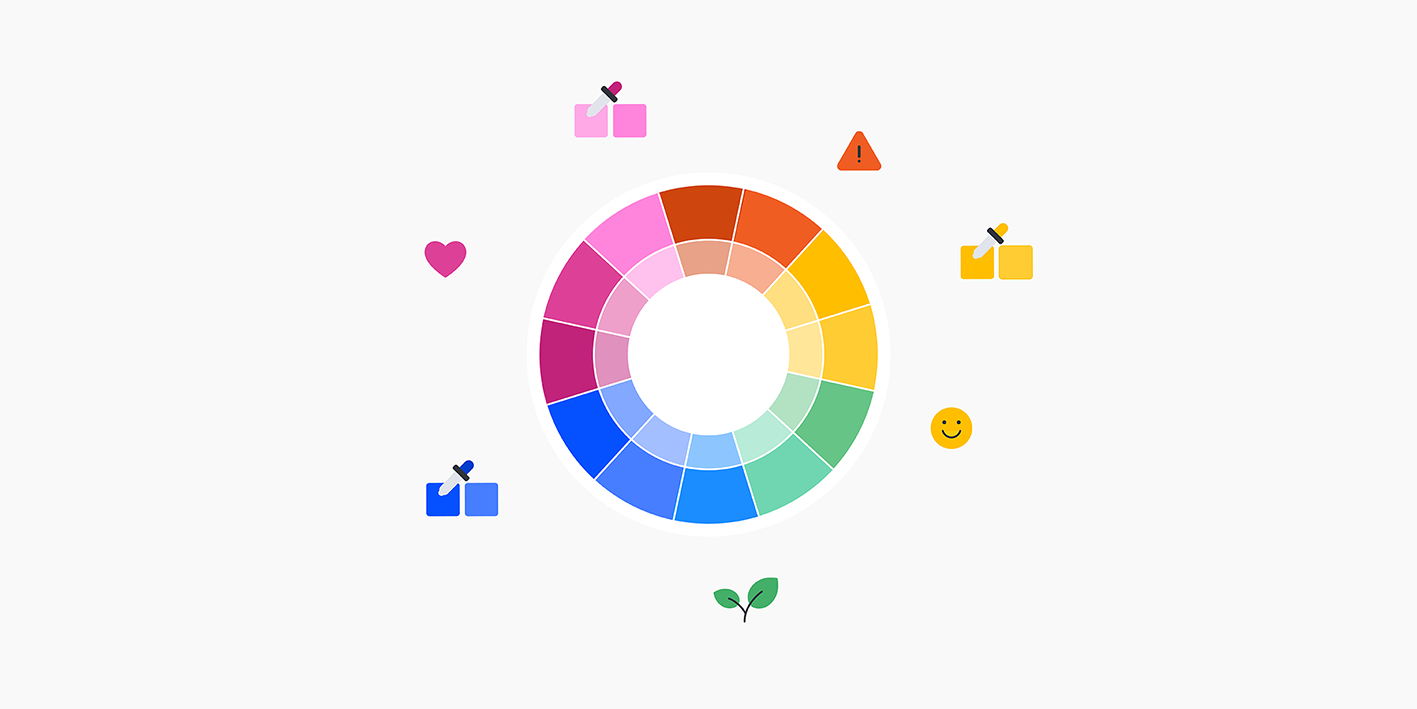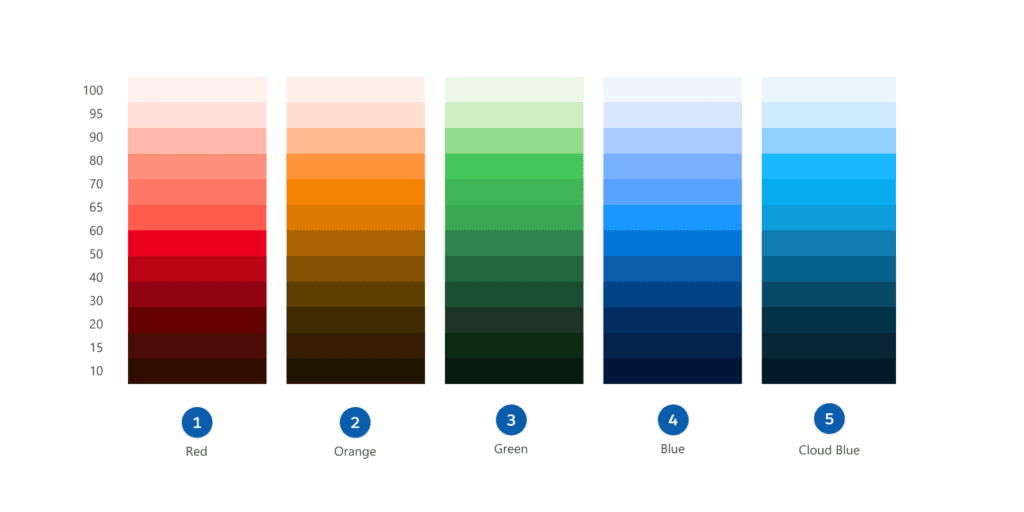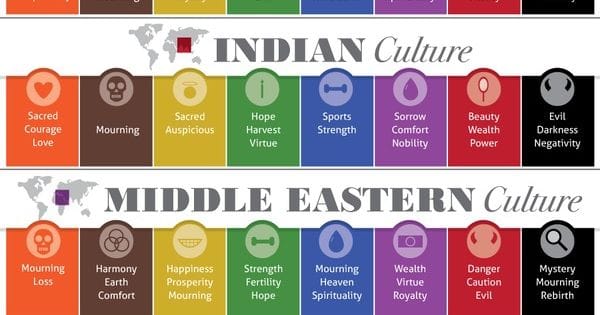Currently Empty: $ 0.00
Art & Design
The Importance of Color in Design: A Comprehensive Guide

Introduction:
Color is one of the most powerful tools in a designer’s arsenal. It influences mood, conveys messages, and can even drive user behavior. In this blog post, we’ll delve into the importance of color in design and how to use it effectively.
1. The Psychology of Color

- Explanation: Different colors evoke different emotions and reactions. Understanding color psychology can help you make informed design choices.
- Actionable Tip: Use warm colors (reds, oranges) to evoke energy and excitement, and cool colors (blues, greens) to convey calmness and trust.
2. Creating a Color Palette

- Explanation: A well-chosen color palette enhances the visual harmony of your design and reinforces your brand identity.
- Actionable Tip: Start with a base color that aligns with your brand, then select complementary or analogous colors to build your palette. Tools like Adobe Color can help you experiment with combinations.
3. Contrast and Accessibility

- Explanation: High contrast between text and background improves readability, especially for users with visual impairments.
- Actionable Tip: Ensure sufficient contrast by using tools like the Web Content Accessibility Guidelines (WCAG) contrast checker. Avoid using color combinations that are hard to distinguish, such as red and green.
4. Cultural Considerations in Color

- Explanation: Colors can have different meanings in different cultures. Being aware of these differences is crucial when designing for a global audience.
- Actionable Tip: Research the cultural significance of colors in the regions where your design will be used. For example, while white symbolizes purity in many Western cultures, it is associated with mourning in some Eastern cultures.
5. Using Color to Guide User Behavior

- Explanation: Color can be used to highlight important elements, direct attention, and influence user actions.
- Actionable Tip: Use color strategically to guide users through your design. For instance, use a bold color for call-to-action buttons to make them stand out.
Conclusion:
Color plays a vital role in design, affecting everything from mood to usability. By understanding color psychology, creating a harmonious palette, considering accessibility, and being mindful of cultural differences, you can use color effectively to enhance your designs.

